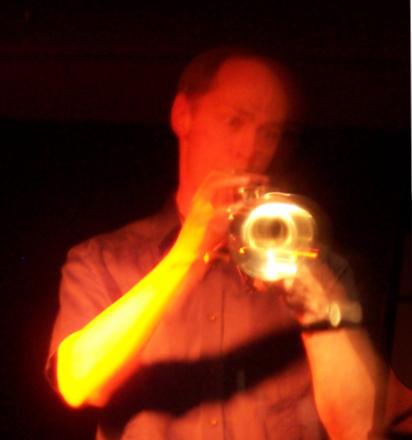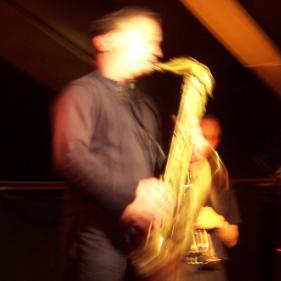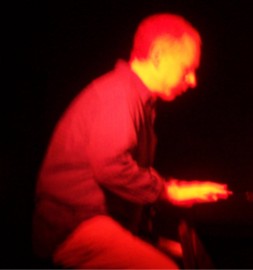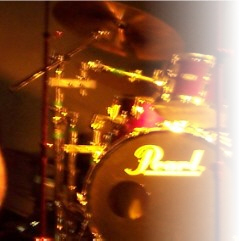




 |
|
Mole Valley Music |
    |
Home | Teachers | Youth Music | Adult Music | Festivals | Grades | Buy, hire, repairs | Theory | Aural | Brass | Downloads | Philip Bishop - Brass Lessons | Double Bass | Acoustic Resonance | |
| Mole Valley Music - brass lessons: trumpet, cornet, etc. | |
Acoustic Resonance - jazz band playing jazz, latin,
blues, cocktail music, dancing for parties, weddings &
functions in Surrey, Sussex, Hampshire, London |
|
MoleValleyMusic.co.uk |
Orchestral Musical Instruments and their ClefsThe following tables list the main orchestral instruments, listed in order of highest to lowest pitch. The tables also show the main clef used by the instruments; additional clefs use are shown in italics following the + sign. Finally, the tables indicate if the instruments are 'transposing' instruments. For example, if a French Horn plays a written C, it will sound like an F played on the piano: the piano is said to play in concert pitch or in C and the French Horn in F. The table only gives the keys of the most common form of the transposing instruments. Some instruments (especially trumpet and, to a lesser extent, the other brass and some woodwind) are also made in other keys. Brass
Woodwind
Strings
Percussion
Voice
The links below provide terms, including Italian, French and German, all needed to pass grade 5 theory. Theory Pages Philip Bishop - theory lessons: 01372 454962 / 07950 235329 |
||||||||||||||||||||||||||||||||||||||||||||||||||||||||||||||||||||||||||||||||||||||||||||||||||||||||||||||||||||||||
|
Copyright © 2006 Philip Bishop. All rights reserved.